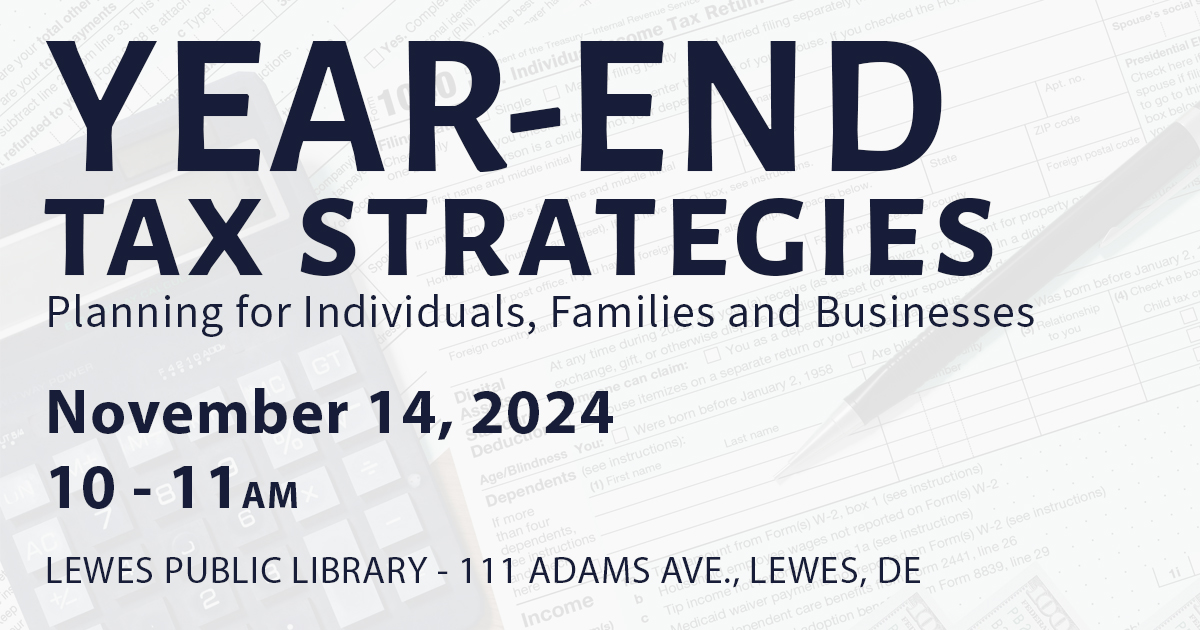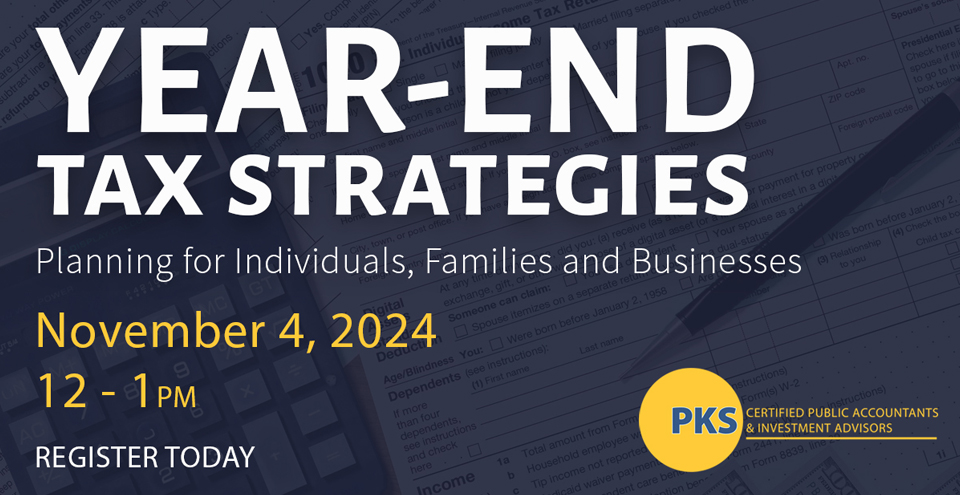Extra Shot of Savings
In general, 401(k) and SIMPLE plan participants have generous annual contribution limits that are indexed for inflation. In 2023, 401(k) plan participants can defer up to $22,500 of their salaries to their accounts (up from $20,500 in 2022). The 2023 contribution limit for SIMPLE plans is $15,500 (up from $14,000 in 2022).
Older participants enjoy even greater saving opportunities. Those 50 years and older can kick in an extra “catch-up contribution” (which is also indexed for inflation) on top of their regular contribution. For 2023, the catch-up contribution limit for 401(k) plans is $7,500, for a total annual contribution amount of $30,000. The 2023 catch-up contribution limit for SIMPLE plans is $3,500, for an annual maximum of $19,000.
Typically, traditional 401(k) contributions are made on a pre-tax basis via payroll deductions. When money is withdrawn from the accounts — usually in retirement — distributions are taxed at ordinary income rates — currently as high as 37%. However, tax rules are different for Roth 401(k) accounts. If your organization offers employees Roth 401(k) plans, participants contribute on an after-tax basis, and generally receive tax-free distributions. To qualify for tax-free distributions, participants must hold the account for at least five years and be older than 59½ years when they receive the funds.
Catch-up contributions enable employees who might have been unable or unwilling to save for retirement earlier in their careers to supercharge their retirement accounts. Employees who enroll in both plans (when offered) can contribute to a 401(k) and a Roth 401(k) up to the annual limit (a maximum of $30,000 to both accounts in 2023).
What SECURE 2.0 Adds
SECURE 2.0 provides employees with new ways to catch up on saving for retirement. For starters, it creates a special catch-up contribution group for workers ages 60 to 63. Beginning in 2025, employees in this age group can contribute to a 401(k) plan up to the greater of $10,000 or 150% of the regular catch-up amount. Using the 2023 catch-up contribution limit of $7,500, the extra catch-up amount for a 62-year-old participant would be $11,250 ($7,500 times 150%). The catch-up amount ($10,000 in 2025) will be indexed for inflation, starting in 2026.
Important: Beginning in 2025, plan participants who earned wages over $145,000 the previous year will apparently be able to make catch-up contributions only to a company-sponsored designated Roth account (if their employer offers this option). This rule applies to all participants above the $145,000 wage threshold who are age 50 or older. The wage threshold will be indexed annually for inflation, beginning in 2025.
Comparable changes are scheduled for SIMPLE plans. Starting in 2024, the regular catch-up contribution limit for SIMPLEs will increase by 10%. And as with 401(k) plans, there will be a special catch-up contribution category for participants ages 60 to 63, starting in 2025. The maximum catch-up contribution for this group will be the greater of $5,000 or 150% of the 2025 catch-up contribution maximum for other eligible workers. Note: The “Rothification” provision for 401(k) plans doesn’t apply to SIMPLE plans.
Finally, know that employers will be responsible for implementing other changes included in SECURE 2.0. These include expansion of automatic enrollment programs.
What to Do Now
Although most SECURE 2.0 changes relating to catch-up contributions won’t be effective for another year or two, your organization should begin preparing now. Accurate recordkeeping will be essential for tracking the ages of participants — particularly when workers “age out” at 64. Also, you may want to target communications to employees who will be eligible to make catch-up contributions under the new rules.
For now, review current processes for administering catch-up contributions to your traditional 401(k), Roth 401(k) or SIMPLE plans. Make sure various departments (such as HR and payroll) work together to facilitate changes when they become effective. And contact your tax or payroll advisor for information about new employer-sponsored retirement plan rules or if you have questions about this sweeping new law.
PKS & Company, P. A. is a full service accounting firm with offices in Salisbury, Ocean City and Lewes that provides traditional accounting services as well as specialized services in the areas of retirement plan audits and administration, medical practice consulting, estate and trust services, fraud and forensic services and payroll services and offers financial planning and investments through PKS Investment Advisors, LLC.
© Copyright 2023. All rights reserved.
Brought to you by: PKS & Company, P.A.





